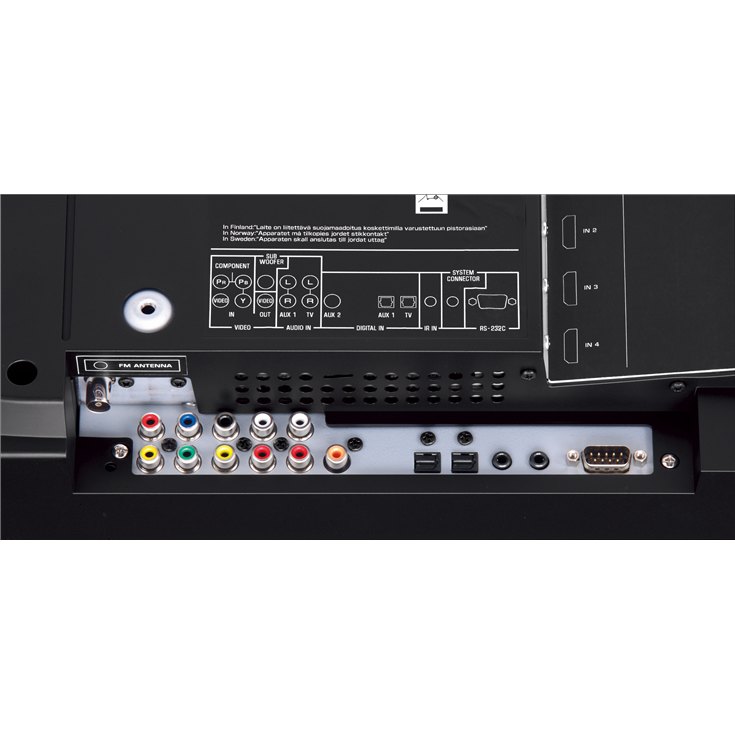

Frames Per Second (only applies to video): The rate at which your video camera can produce unique images or frames. A resolution of 1280 x 720 pixels is recommended. 
Higher resolution usually means higher quality.
Resolution (only applies to video): The number of pixels in each dimension that can be displayed by your video camera. Typically, a packet loss of 2% or less is recommended. Packet Loss - Avg(Max): The amount of data that fails to reach the final destination. Typically, a jitter of 40ms or less is recommended. Jitter: The variation in the time between packets arriving, caused by network congestion, timing drift, or route changes. For example, the time between you speaking and the other user receiving the audio on their end. Higher latency values will result in noticeable delays between video and audio. Typically, a latency of 150ms or less is recommended. Latency: The delay between a packet being sent and received. A higher frequency means better audio quality. Typically a sample rate in the range of 16 to 48kHz is acceptable. Frequency (only applies to audio): The audio frequency sample rate being sent and received. Version: Displays the Zoom desktop client version number that you are currently using. In a given meeting is encrypted using cryptographic keys known only to the devices of those participants. My Encryption Algorithm: Communication between all meeting participants.  Data Center: The Zoom Data Center that the participant connected to for the meeting. Connection Type: The data protocol type the participant is or was using. If you're experiencing issues connecting to Zoom through a proxy server, your account owner or admin should change proxy server settings. Proxy: Indicates whether you're using a proxy server. Network Type: Displays whether you're using a wired or wireless connection. Generally, we recommend 1.2Mbps upload/download for HD video. Bandwidth: Displays the current amount of data being transmitted by Zoom. Visit Speedtest to check your current bandwidth. The bars display the amount of memory being used by Zoom compared to the overall amount used. Memory: The total amount of memory available on your computer. The bars display the utilization of Zoom on the computer's processor compared to the overall CPU utilization. CPU: The computer's CPU clock speed and the number of cores. Note: See our system requirements for recommended specifications. Īfter you access Statistics for meeting and phone, you can view the diagnostic information in the following tabs: Overall Click your profile picture then click Settings. In the meeting controls, click the upward arrow next to Start Video / Stop Video.Īccess statistics from the main desktop client window. While you're in a Zoom meeting on the desktop client, you can view meeting diagnostic information.
Data Center: The Zoom Data Center that the participant connected to for the meeting. Connection Type: The data protocol type the participant is or was using. If you're experiencing issues connecting to Zoom through a proxy server, your account owner or admin should change proxy server settings. Proxy: Indicates whether you're using a proxy server. Network Type: Displays whether you're using a wired or wireless connection. Generally, we recommend 1.2Mbps upload/download for HD video. Bandwidth: Displays the current amount of data being transmitted by Zoom. Visit Speedtest to check your current bandwidth. The bars display the amount of memory being used by Zoom compared to the overall amount used. Memory: The total amount of memory available on your computer. The bars display the utilization of Zoom on the computer's processor compared to the overall CPU utilization. CPU: The computer's CPU clock speed and the number of cores. Note: See our system requirements for recommended specifications. Īfter you access Statistics for meeting and phone, you can view the diagnostic information in the following tabs: Overall Click your profile picture then click Settings. In the meeting controls, click the upward arrow next to Start Video / Stop Video.Īccess statistics from the main desktop client window. While you're in a Zoom meeting on the desktop client, you can view meeting diagnostic information. #DOWNLOAD VISUAL AUDIO BAR HOW TO#
How to access meeting and phone statistics in the Zoom desktop client Access Statistics using meeting controls
Business, Education, or Enterprise plan to purchase Pay-As-You-Go Audio. Licensed user to use the audio plan subscription numbers. Prerequisites for accessing meeting and phone statistics in the Zoom desktop client Available statistics during a phone call. Access statistics from the main desktop client window. Access statistics using meeting controls. How to access meeting and phone statistics in the Zoom desktop client. If you have the VDI Client, you can view VDI statistics which allow you to view diagnostic information during a meeting. If you have a Zoom Phone license, you can also view diagnostic information during a phone call. This allows you to gauge whether you are experiencing a network, audio, or video issue during your meeting. Meeting statistics allow you to view various diagnostic information during a meeting.










